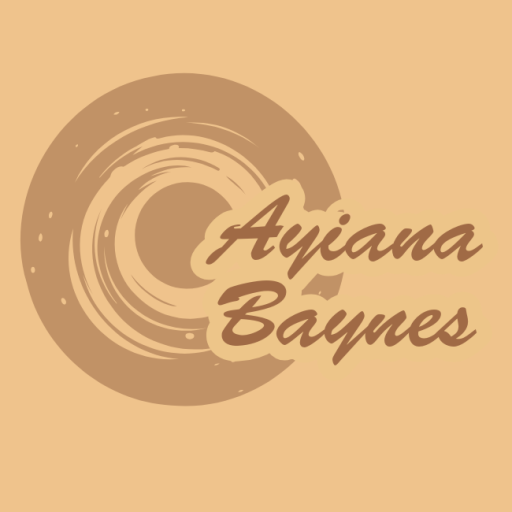Reflection #3
“The Great Erasure” Analysis
“The Great Erasure” by Charles M. Blow was fascinating to analyze. In order to make this analysis, I had to read this piece over and over again until something caught my eye. There is so much to comprehend from this piece, but it seems so simple at the same time. The argument is that support for the Black Lives Matter movement, and black lives in general, has declined now that people are forgetting about the George Floyd murder. I believe that this piece has a clear audience and although it is not devoid of rhetorical fallacies, it doesn’t let them take over to the point that the argument has no facts at all.
First, I would like to focus on how the author is presenting his argument as well as how he gets it across. The way he structures his piece is by introducing his claim, providing written and visual evidence, and then giving a conclusion. The written evidence includes work he and his team has done, as well as quotes that outside sources have done such as Sarah Lewis. This is also how the author employs Ethos and Logos because he uses people who have the authority that gains the reader’s trust, while also using the data and sources to give evidence to back his claims. The visual evidence is images of the murals then and now, showing how they have faded or been purposely removed. Also regarding the structure of the argument, the context that Blow is writing in regards to the past, which is the support of the Black Lives Matter movement after the murder of George Floyd, and the present, which is how the support of that movement has fallen two years after. He structures the argument going back and forth comparing the differences, and the way Blow transitions between sections is by bolding the letters between the different sections, but mostly by using the images. After he makes a claim, he follows it up with images that provide evidence for it, and lastly he gives a conclusion before moving on to the next section. I believe this helps with how the pictures of the murals impact the reader’s outlook on the argument.
Secondly, the target audience for this piece is somewhat straightforward. From my interpretation, Blow is focusing on the white community. I came to this conclusion because of a couple sentences I noticed, which are as follows. “Designed “to appease white liberals while ignoring our demands.,” “It fueled the fears held by white supremacists that white people and white culture would eventually be superseded.,” and “Black support had remained high; it was the support among white people that fell.” These sentences are directed towards white people in order for them to feel the rhetorical fallacy, guilt by association, and will ultimately cause white readers to question their character. This is also enhanced with how the author criticizes the declining support of the BLM movement in the white community.
Lastly, the reader’s immersion in the beautiful and powerful murals influence the content because seeing the difference between the murals then and now makes a greater impact than just saying what happened. It also is a great way to provide evidence to support his claims while also using sentimental appeal on the readers. The images of the murals are also how the author used the stylistic traits allegory and symbolism. The before and after images of the murals represents the declining support for the BLM movement as well as enhances the argument piece by giving it a visual aspect. This is also how Blow employs Pathos because the showcasing of the fading and destroyed murals brings a sentimental value that tugs on the reader’s heart strings.
In conclusion, I believe this argument was very straightforward with how it was structured, who the audience was, and how the topic was delivered. The rhetorical fallacies are what made the target audience known, and the use of visual aspects and stylistic traits helped to enhance the impact on the reader. Therefore, I believe that this piece clearly states its intent while also using rhetorical fallacies in a way that it does not obscure the facts that are given.
